Hey there, fellow dog lovers! If you’ve ever wondered what your furry friend is really trying to tell you, you’re in the right place. It’s no secret that our pups communicate with us through barks, whimpers, and the occasional tail chase, but there’s a whole world of unspoken language hiding in plain sight. That’s right, our dogs are constantly sending us messages through their body language.
Think of it like a secret code, one that, once cracked, can transform your relationship with your canine companion. Understanding this language isn’t just about knowing when your pup wants a treat or a belly rub (although that’s important, too!). It’s about building a deeper bond, ensuring their safety, and giving them the best life possible.
So, get ready to dive into the fascinating world of dog body language. We’ll cover everything from the infamous tail wag to subtle shifts in posture, eye contact, and even those adorable ear twitches. By the end of this guide, you’ll be a certified dog whisperer, able to decode your pup’s every move and strengthen the bond you share.

The Tale of the Tail: Wagging, Whipping, and Everything In-Between
If you’ve ever owned a dog, you’re probably familiar with the iconic tail wag. It’s the universal symbol of canine happiness, right? Well, not quite. While a loose, sweeping wag often indicates a content pup, the tail can tell a much more complex story.
Deciphering the Wag
Think of your dog’s tail as a mood meter. A slow, gentle wag might signal relaxation, while a rapid, full-body wiggle usually means pure joy. But what if the tail is held high and stiff, wagging only at the tip? That could be a sign of alertness or even dominance. A tucked tail often indicates fear or anxiety, while a tail held horizontally might mean your pup is feeling focused and attentive.
But wait, there’s more! The direction of the wag can also offer clues. Some studies suggest that a right-leaning wag is associated with positive emotions, while a left-leaning wag might indicate nervousness or uncertainty.
Tail Talk: Beyond the Basics
- The Helicopter Wag: This full-body, circular wag is the ultimate expression of joy, often accompanied by playful bows and excited barks.
- The Nervous Wag: A low, hesitant wag with a tucked tail could mean your pup is feeling unsure or scared.
- The “I’m the Boss” Wag: A high-held, stiff tail with a slow wag can signal dominance or confidence.
- The Happy-Go-Lucky Wag: A loose, sweeping wag at a medium height is the classic sign of a happy, relaxed dog.
Tailored Tips for Tail Reading
Remember, just like us, every dog is an individual. While these are general guidelines, the best way to understand your dog’s tail language is to observe them in different situations. Pay attention to how their tail moves when they’re playing, meeting new people, or feeling nervous. Over time, you’ll become a pro at interpreting their tail talk!
Hackles Up: More Than Meets the Eye
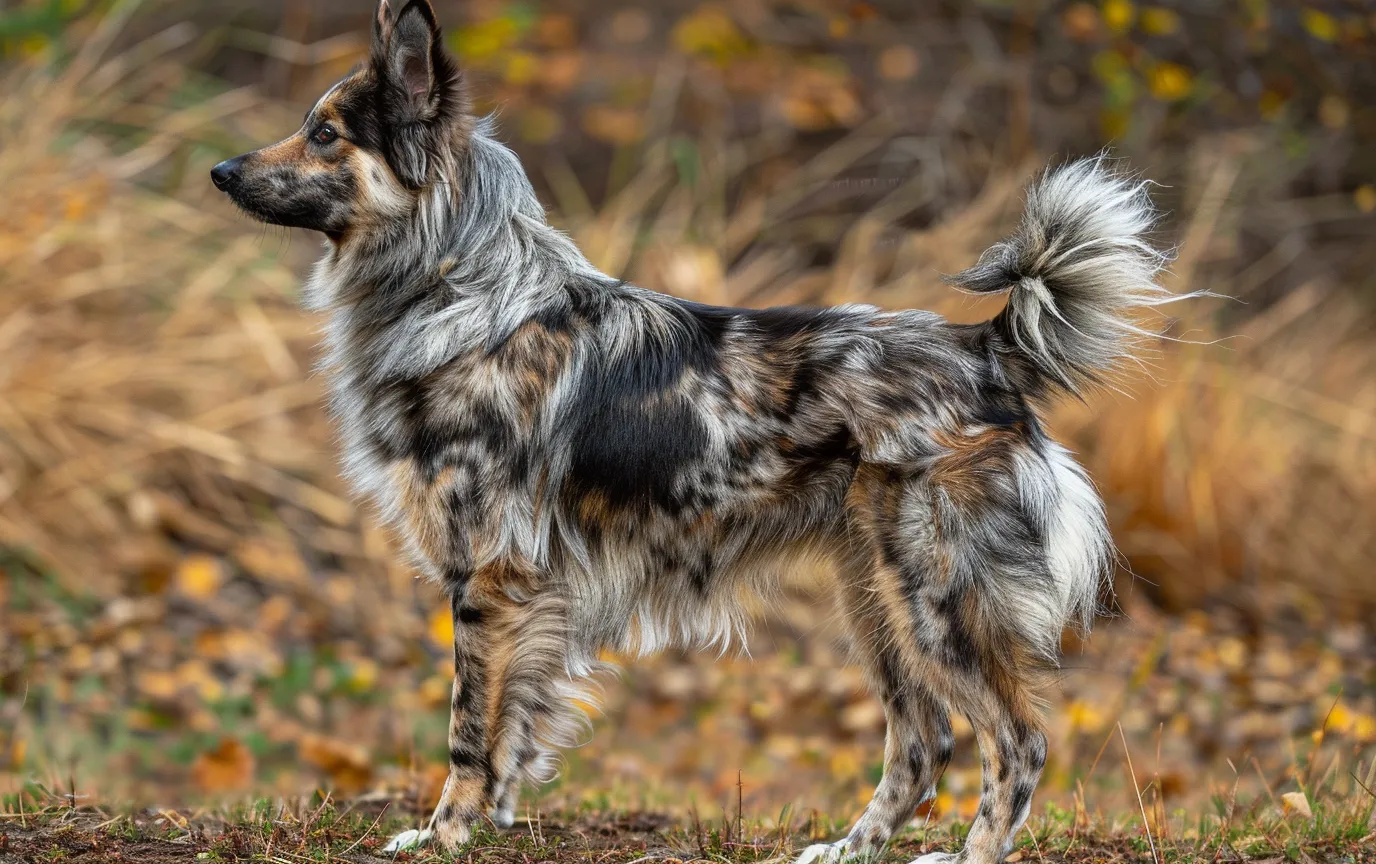
Those raised hackles, the ridge of fur standing on end along a dog’s back, can be a bit intimidating. It’s easy to assume they’re a red flag for aggression, but that’s not always the case. While raised hackles can indeed signal a defensive or aggressive posture, they’re more often a sign of arousal, which isn’t always negative.
Arousal: The “A-ha!” Moment
When a dog’s hackles go up, it means their adrenaline is pumping. This can happen in a variety of situations:
- Excitement: Just like we might get goosebumps when we’re thrilled, dogs can raise their hackles when they’re super excited to see you, play fetch, or embark on a walk.
- Fear or Anxiety: A scared or anxious dog might raise their hackles as a way to appear larger and more intimidating to a perceived threat.
- Alertness: A sudden noise or unfamiliar sight can trigger a dog’s hackles to rise as they assess the situation.
- Frustration: If a dog is feeling frustrated or thwarted, their hackles might go up as their emotions escalate.
Reading the Hackles: Context is Key
The trick to understanding raised hackles is to look at the bigger picture. What else is your dog doing? Are they growling, barking, or showing their teeth? If so, those raised hackles might indeed be a warning sign. However, if they’re wagging their tail, bouncing around, or making playful noises, those hackles are likely just a sign of excitement.
A Hackle-raising Hack
Here’s a handy tip: pay attention to where the raised hackles are located on your dog’s back. If the hackles are concentrated around the shoulders, it’s usually a sign of more intense arousal. If the hackles are further down the back, closer to the tail, it might indicate a less serious level of arousal.
Understanding the nuances of raised hackles can help you better gauge your dog’s emotional state and respond appropriately. Remember, it’s all about reading the context and taking in the whole picture of your dog’s body language.
Posture Power: The Art of Canine Body Talk
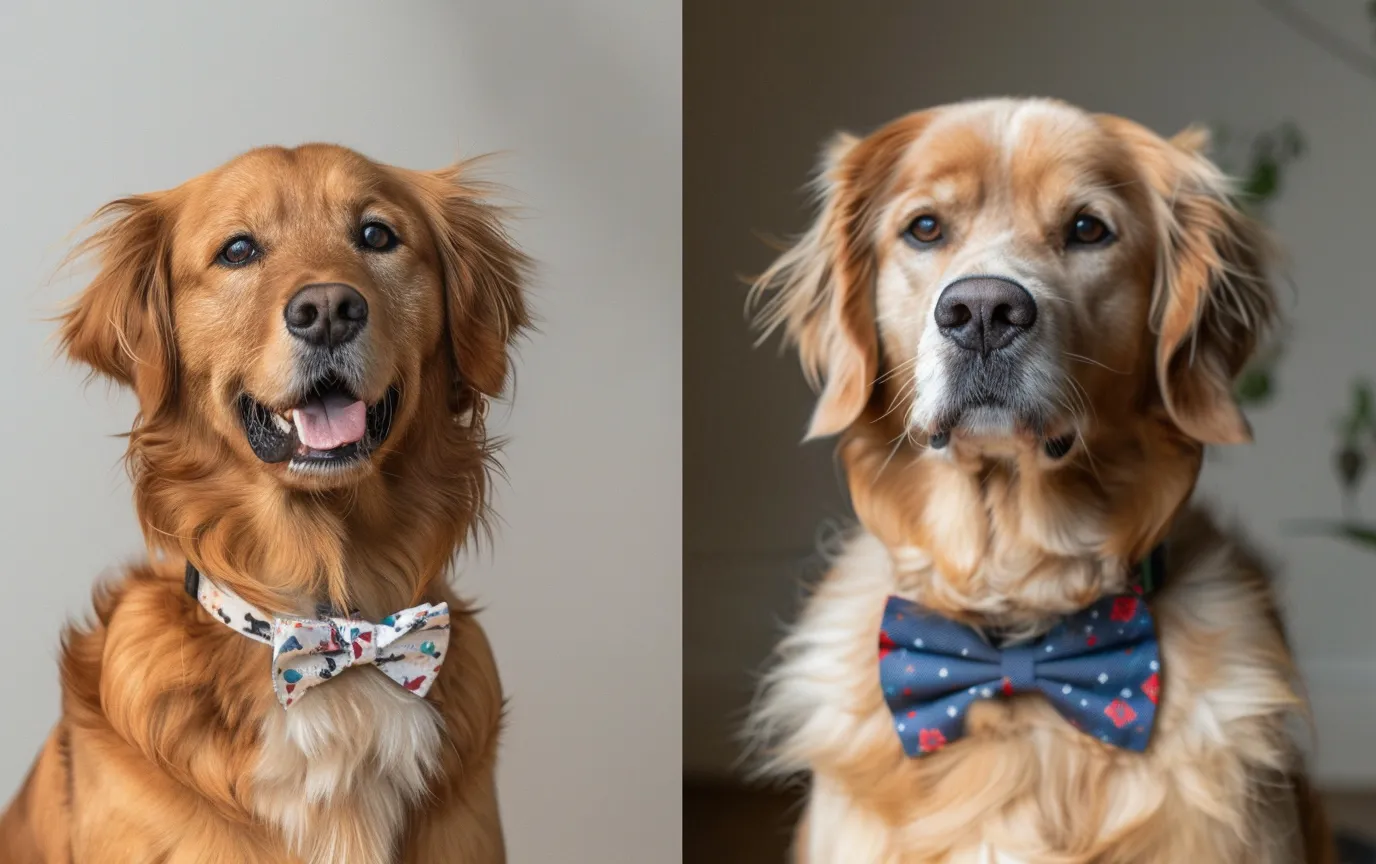
Much like a dancer conveying emotions through movement, a dog’s posture speaks volumes about their feelings and intentions. It’s a full-body conversation, revealing whether they’re ready to rumble, eager to play, or simply chilling out.
The Relaxed Rover
When your dog is feeling content and at ease, their posture will reflect that. They’ll stand with a loose, neutral stance, weight evenly distributed on all four paws. Their muscles will be relaxed, and their tail might hang loosely or sway gently. It’s the canine equivalent of a happy sigh.
The Playful Pup
Ever seen your dog do a “play bow”? That’s when they lower their front end to the ground while keeping their rear end in the air. It’s an invitation to play, a way of saying, “Let’s have some fun!” Other signs of a playful posture include a wagging tail, open mouth with a relaxed tongue, and bouncy movements.
The Nervous Nelly
A scared or anxious dog might try to make themselves appear smaller by crouching, tucking their tail, and lowering their head. They might also avoid eye contact and try to back away from whatever’s causing them stress. This is their way of saying, “I’m not a threat, please don’t hurt me.”
The Confident Canine
A dog feeling confident or dominant will often stand tall with their head held high, ears perked up, and tail held high or even over their back. They might make direct eye contact and even lean slightly forward. This is their way of saying, “I’m in charge here.”
Posture Pointers: Decoding the Details
Weight distribution: A dog leaning forward is likely feeling more engaged or assertive, while a dog leaning back might be feeling hesitant or unsure.
- Muscle tension: Tense muscles can indicate stress or anxiety, while relaxed muscles signal a calm and content pup.
- Head position: A tilted head can mean curiosity or confusion, while a lowered head might indicate submission or fear.
By paying attention to your dog’s posture, you can gain valuable insights into their emotional state and respond accordingly. Remember, it’s all about reading the subtle cues and understanding the language of their body.
Windows to the Soul: Deciphering Your Dog’s Eyes
They say the eyes are the windows to the soul, and that’s certainly true for our canine companions. A dog’s eyes can express a wide range of emotions, from adoration to anxiety, and everything in between. Understanding what those expressive peepers are saying can deepen your connection with your furry friend.
The Soft Gaze: Love is in the Air
When your dog looks at you with soft, relaxed eyes, it’s a sure sign of affection and trust. Their eyelids might be slightly droopy, and their pupils might be dilated. This is the canine equivalent of a loving hug. Soak it in!
The Hard Stare: Proceed with Caution
On the other hand, a hard stare, with wide eyes and tense muscles around the face, is a warning sign. This is often seen in situations where a dog feels threatened or challenged. It’s their way of saying, “Back off!” If you encounter a dog with a hard stare, it’s best to give them space and avoid direct eye contact.
Whale Eye: A Sign of Stress
“Whale eye” is a term used to describe when you can see the whites of your dog’s eyes (the sclera). This usually happens when they’re feeling stressed, anxious, or uncomfortable. It’s often accompanied by a slight turn of the head, as if they’re trying to avoid a direct confrontation. If you notice your dog showing whale eye, try to identify what’s causing them stress and remove them from the situation if possible.
The Squint: A Friendly Gesture
A squinting dog is a happy dog. When your pup’s eyes are slightly closed or squinted, it means they’re feeling relaxed and comfortable. This is often seen during playtime or when they’re being petted. It’s a sign of trust and contentment.
Eye Spy: More Than Meets the Eye
- Blinking: Frequent blinking can be a sign of stress or anxiety in dogs.
- Dilated pupils: Dilated pupils can indicate fear, excitement, or arousal.
- Constricted pupils: Constricted pupils can be a sign of aggression or focus.
- Eye contact avoidance: Avoiding eye contact is often a sign of submission or fear.
By paying close attention to your dog’s eyes, you can gain valuable insights into their emotional state and adjust your interactions accordingly. Remember, it’s not just about what they’re looking at, but how they’re looking.
Beyond the Eyes and Tail: The Full Body Language Symphony

While the tail, eyes, and posture are major players in the symphony of dog body language, there’s a whole orchestra of other signals to tune into. From ear twitches to lip licks, every little movement adds another layer to your pup’s communication repertoire.
Ears: The Barometers of Emotion
Those floppy or perky ears aren’t just for show. They’re highly expressive tools that can tell you a lot about your dog’s mood.
- Ears perked up: This usually signals alertness, interest, or curiosity. Your dog might be listening intently to a sound or trying to figure out what’s happening around them.
- Ears pinned back: Flattened ears often indicate fear, anxiety, or submission. Your dog might be feeling threatened or trying to avoid conflict.
- Ears twitching: This could be a sign of excitement, nervousness, or simply that your dog is paying attention to something.
Mouth: More Than Just Barks and Bites
Your dog’s mouth does more than just bark and chew. It can also convey a surprising range of emotions.
- Yawning: While often a sign of tiredness, yawning can also indicate stress or anxiety in dogs.
- Lip licking: This can be a sign of appeasement, nervousness, or even nausea. If your dog is lip-licking excessively, it’s a good idea to check in with your veterinarian.
- Panting: While panting is a normal way for dogs to cool down, excessive panting can be a sign of stress, pain, or heatstroke.
- Showing teeth: This is usually a warning sign, indicating that a dog feels threatened or is about to become aggressive. However, some dogs might show their teeth in a playful manner, especially during a tug-of-war game.
Paws and Body: Subtle Signals
- Paw raised: This can be a sign of uncertainty, anxiety, or a desire to play.
- Trembling or shaking: This can indicate fear, anxiety, or cold.
- Overall body tension: A tense body usually means a dog is feeling stressed, anxious, or fearful, while a relaxed body signals a calm and content pup.
Putting It All Together: The Canine Communication Puzzle
Remember, interpreting dog body language is like putting together a puzzle. Each piece – the ears, eyes, tail, mouth, paws, and overall body language – contributes to the whole picture. By paying attention to all the signals your dog is giving you, you can better understand their emotions and needs, leading to a stronger, more fulfilling relationship.
As you become more familiar with your dog’s unique way of communicating, you’ll be able to anticipate their needs and provide them with the care and support they deserve. And who knows, you might even become fluent in dog!
A Symphony of Signals: Putting it All Together
By now, you’ve probably realized that understanding your dog’s body language is like deciphering a complex code. It’s not just about individual signals, but about how they all work together to create a symphony of communication. To truly understand what your furry friend is trying to tell you, you need to consider the whole picture.
The Happy Dance
Imagine your dog comes bounding towards you with a wagging tail, ears perked up, and soft eyes. They might even do a little “happy dance,” wiggling their whole body in excitement. This is a clear sign that your pup is overjoyed to see you and eager to interact.
The Anxious Avoidance
On the other hand, if your dog approaches you with a lowered head, tucked tail, and ears pinned back, they might be feeling anxious or scared. Their body might be tense, and they might avoid eye contact. This is a clear sign that your dog needs some reassurance and comfort.
The Playful Pounce
If your dog suddenly drops into a play bow, with their front end lowered and their rear end in the air, they’re inviting you to play. Their tail might be wagging excitedly, and their eyes might be bright and playful. This is a great opportunity to engage with your dog and have some fun together.
The Warning Signs
It’s also important to be aware of the warning signs that your dog might be feeling threatened or aggressive. These can include a stiff posture, raised hackles, a wrinkled muzzle, and a direct stare. If you see these signs, it’s important to give your dog space and avoid making any sudden movements.
Your Dog’s Unique Language
Remember, every dog is different, and they might have their own unique ways of communicating. For example, some dogs might wag their tail in a circle when they’re excited, while others might wag it more side to side. The key is to pay attention to your dog’s individual body language cues and learn what they mean in different situations.
Practice Makes Perfect
The more you observe your dog’s body language, the better you’ll become at understanding them. Take some time each day to watch your dog interact with other dogs and people. Pay attention to how they react in different situations, and try to identify the body language cues they’re using. The more you practice, the more fluent you’ll become in the language of your dog.
Bonus Round: Uncommon Canine Clues
Think you’ve mastered the basics of dog body language? Get ready to level up your skills with some lesser-known canine cues that can reveal even more about your furry friend’s thoughts and feelings.
When your dog rolls over and exposes their belly, it’s not always a simple invitation for a belly rub. While it can be a sign of trust and submission, it can also indicate anxiety or appeasement. A dog might roll over in an attempt to diffuse a tense situation or show deference to a perceived threat. Pay attention to your dog’s overall body language to determine their true intentions. If they’re relaxed and their tail is wagging, it’s probably safe to give them a belly rub. But if they’re tense and their tail is tucked, it’s best to give them some space.
The Sneeze: Gesundheit!
A dog sneeze isn’t always just a response to dust or pollen. It can also be a form of communication. A playful sneeze might be a way for your dog to signal that they’re having fun or that they want to continue playing. A stressed sneeze might be a way for them to release tension or communicate discomfort. Pay attention to the context of the sneeze and your dog’s other body language cues to get the full picture.
The Shake-Off: More Than Just Drying Fur
We all know dogs shake off to get rid of water after a bath or swim, but they also shake off to relieve stress or anxiety. If your dog is in a tense situation or has just had an unpleasant experience, they might shake their body vigorously to reset their emotions. It’s their way of saying, “Let’s move on from that!”
The “Whale Eye” Wink: A Mixed Message
The “whale eye” wink is a unique and often misunderstood signal. It occurs when a dog shows the whites of their eyes (the sclera) on one side of their face while keeping the other eye slightly open. This can be a sign of stress, anxiety, or uncertainty. However, it can also be a playful gesture, especially if it’s accompanied by a relaxed body posture and wagging tail. As always, context is key when interpreting this signal.
The Paw Lift: A Polite Request
If your dog gently lifts a paw towards you, it’s usually a sign that they want something. This could be a request for attention, food, or to be let outside. It’s a polite way for them to communicate their needs without being demanding.
By learning these more subtle canine cues, you can gain a deeper understanding of your dog’s inner world and strengthen your bond with them. Remember, the more you pay attention to their body language, the better equipped you’ll be to respond to their needs and provide them with the love and care they deserve.
Master the Art of Dog Whispering: Tips for Beginners
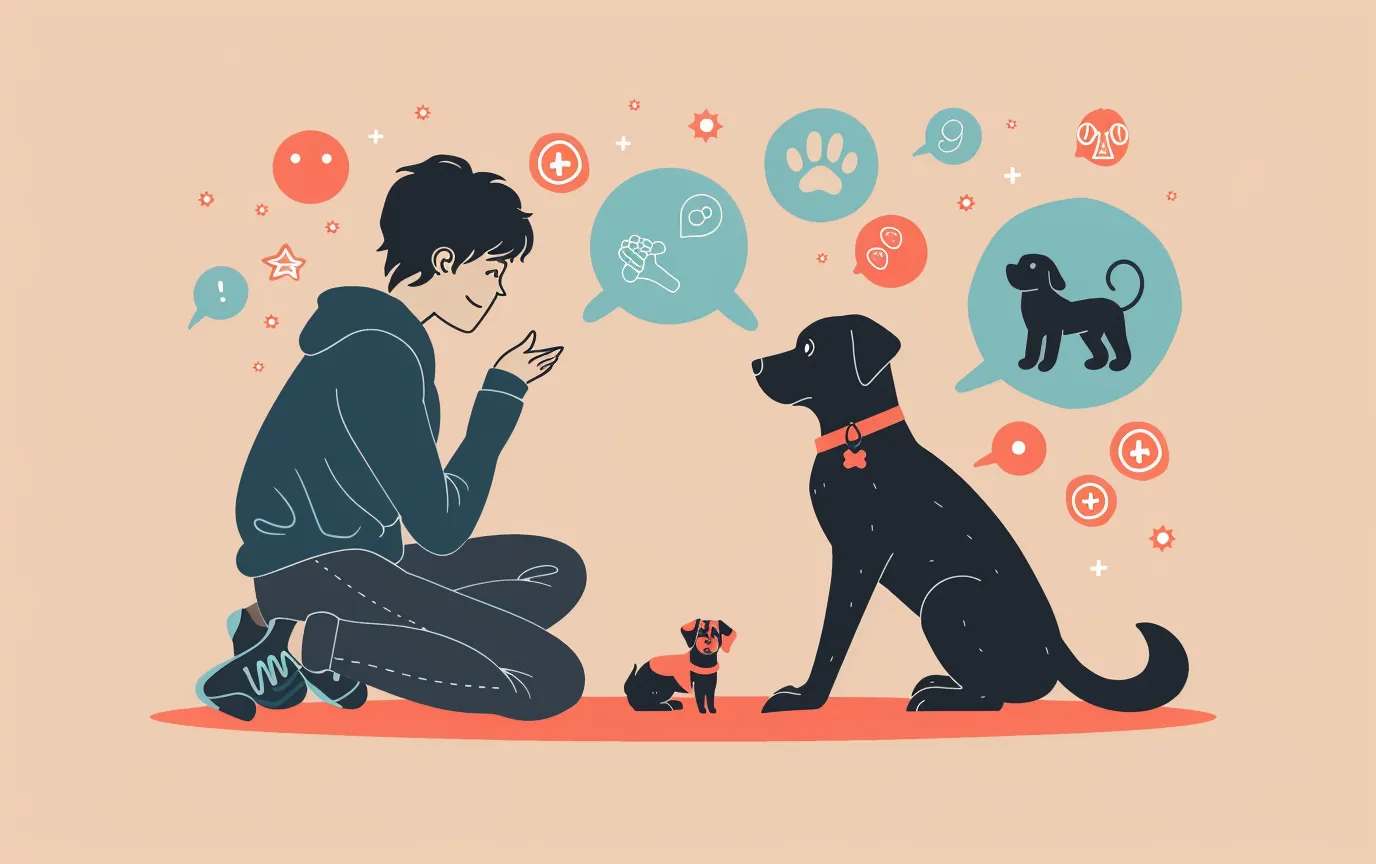
Feeling a bit overwhelmed by the sheer amount of information in the canine code? Don’t worry, becoming a fluent dog whisperer takes time and practice. Here are some tips to help you get started on your journey to understanding your furry friend’s body language:
1. Observe, Observe, Observe
The best way to learn about dog body language is to simply watch dogs. Spend time at the dog park, observe your own dog at home, or even watch videos of dogs online. Pay attention to how they interact with each other and with humans. Notice the subtle cues they give off when they’re happy, sad, scared, or excited.
2. Consider the Context
Context is everything when it comes to interpreting dog body language. A wagging tail doesn’t always mean a dog is happy, just like a raised hackle doesn’t always mean a dog is aggressive. Consider the environment, the situation, and the other dogs or people involved. This will help you get a more accurate understanding of your dog’s emotions.
3. Learn the Basics
Start by learning the most common dog body language signals. These include tail wags, ear positions, posture, eye contact, and mouth movements. Once you have a basic understanding of these signals, you can start to pay attention to more subtle cues.
4. Talk to Your Vet
Your veterinarian can be a valuable resource for learning about dog body language. They can help you interpret your dog’s specific signals and offer tips on how to improve your communication with them.
5. Use Positive Reinforcement
When your dog uses body language to communicate with you, be sure to respond in a positive way. This will encourage them to continue communicating with you and will strengthen your bond.
6. Be Patient
Learning to understand your dog’s body language takes time and patience. Don’t get discouraged if you don’t get it right away. Just keep observing, learning, and practicing, and you’ll eventually be able to read your dog like a book.
7. Have Fun!
Learning about dog body language can be a lot of fun. It’s a great way to bond with your furry friend and deepen your understanding of them. So, relax, enjoy the process, and let your dog be your guide.
The Graduation Ceremony: You’re Officially a Dog Decoder!
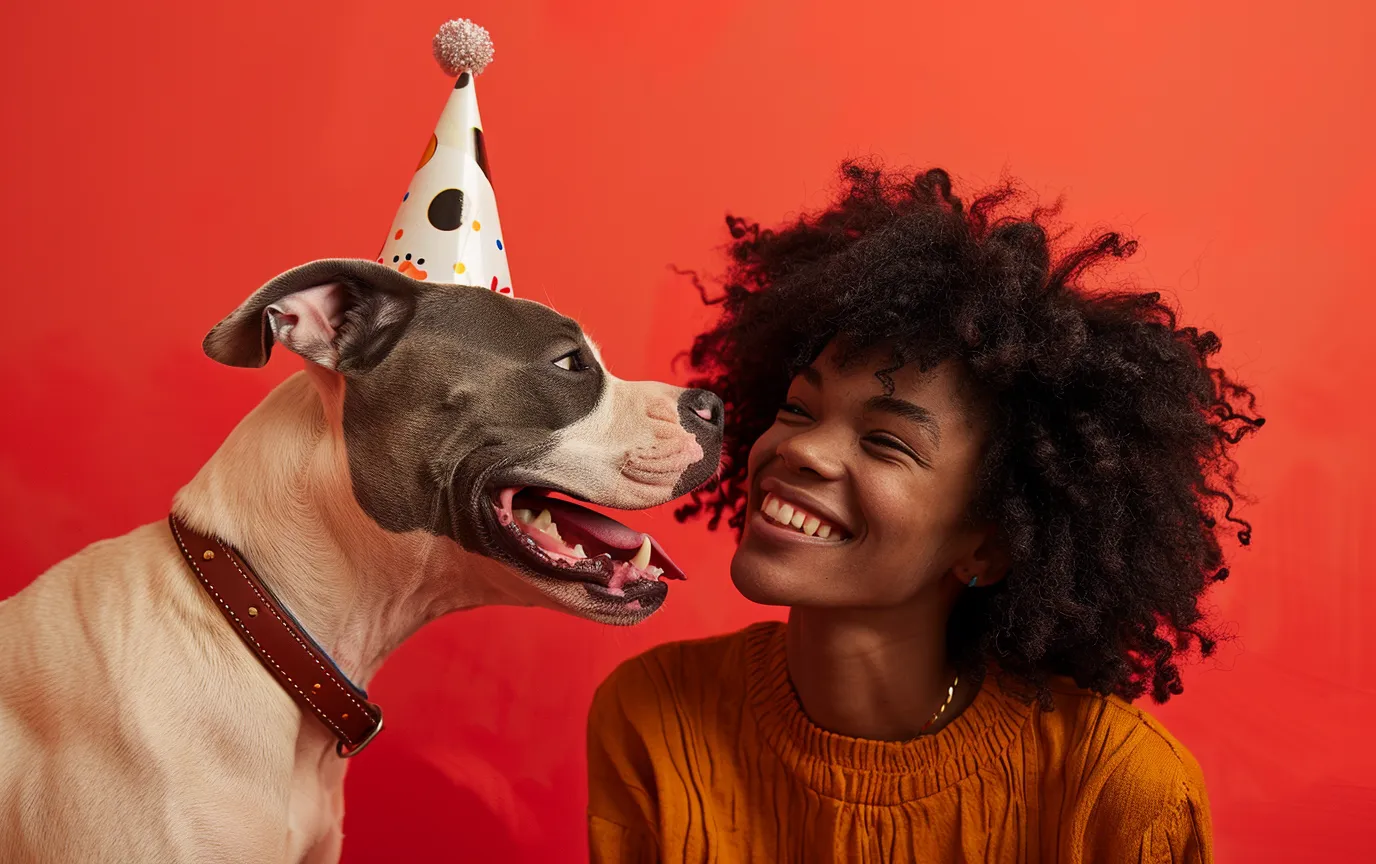
Congratulations, dog whisperer in training! You’ve journeyed through the intricacies of tail wags, hackle raises, postural shifts, and the expressive language of canine eyes. You’ve even ventured into the realm of uncommon cues, like belly rolls and playful sneezes. You’re well on your way to becoming fluent in the language of your furry friend.
But remember, like any language, mastering dog body language takes time and practice. Don’t be discouraged if you don’t get it right away. Every interaction with your dog is an opportunity to learn and deepen your understanding of their unique way of communicating.
So, keep observing, keep asking questions, and most importantly, keep having fun with your canine companion. As you continue to tune in to their subtle signals and respond with love and empathy, you’ll strengthen your bond and create a lifetime of shared joy and understanding.
And who knows, maybe one day your dog will even start teaching you a few new tricks!
Your Dog Body Language Cheat Sheet
To help you on your journey, here’s a quick recap of some key dog body language signals:
| Signal |
Possible Meaning
|
| Relaxed, wagging tail |
Happiness, contentment, friendliness
|
| Tucked tail |
Fear, anxiety, submission
|
| Raised hackles |
Arousal, excitement, fear, anxiety, aggression (depending on other cues)
|
| Soft eyes | Affection, trust |
| Hard stare |
Threat, challenge
|
| Whale eye |
Stress, anxiety, discomfort
|
| Play bow | Invitation to play |
| Yawning |
Tiredness, stress, anxiety
|
| Lip licking |
Appeasement, nervousness, nausea
|
This is just a starting point, of course. There are many other subtle cues that dogs use to communicate. The best way to learn is to observe your own dog and get to know their unique personality and communication style.
Remember, the key to understanding your dog is to listen with your eyes, your heart, and your intuition. With a little patience and practice, you’ll be able to decipher their secret language and build a deeper, more meaningful relationship with your furry best friend.
Conclusion
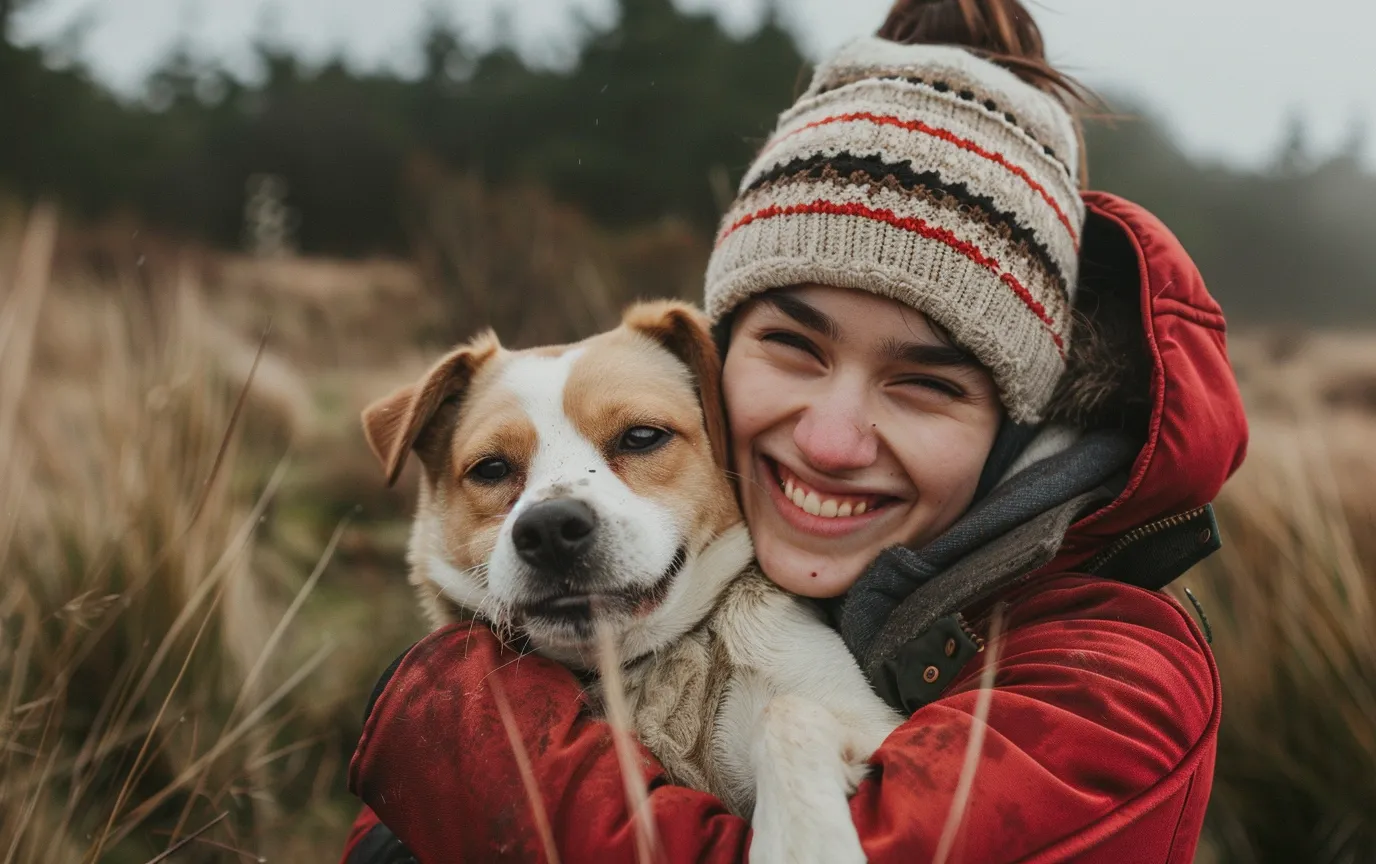
Now that you’ve embarked on this journey into the world of dog body language, it’s time to put your newfound knowledge into action. Don’t just be a dog owner; become a dog whisperer!
Start by observing your own furry friend. Notice how their tail wags when you come home from work, how their ears perk up when they hear the treat jar open, and how their eyes soften when you cuddle on the couch. Pay attention to the subtle shifts in their posture and the nuances of their facial expressions. The more you observe, the better you’ll understand their unique way of communicating.
And don’t forget to share your newfound knowledge with other dog lovers! Talk to your friends and family about the importance of understanding dog body language. Spread the word on social media and encourage others to become fluent in the language of their furry companions.
Remember, every wag, every bark, every ear twitch is a message waiting to be decoded. By learning to listen with your eyes and your heart, you’ll deepen your bond with your dog and create a lifetime of shared joy and understanding.
So, what are you waiting for? Start your journey to becoming a dog whisperer today!
FAQs
What are the most common misconceptions about dog body language?
This question addresses a common pain point for dog owners and offers an opportunity to clarify potentially dangerous misunderstandings, such as assuming a wagging tail always means happiness.
Can a dog’s breed or individual personality influence their body language?
This question acknowledges the nuances of canine communication and encourages readers to pay attention to their dog’s unique expressions.
My dog seems to understand my emotions. Is that possible, or am I imagining things?
This taps into the fascinating topic of interspecies empathy and could lead to a discussion of the science behind emotional connection between humans and dogs.
What are some subtle signs of stress or anxiety in dogs that I might easily miss?
This question focuses on practical advice for identifying early signs of stress, empowering owners to intervene and support their dog’s well-being.
How can I use my own body language to better communicate with my dog?
This shifts the focus to the human side of the equation, offering actionable tips on how to be more mindful of our own nonverbal cues and create a more harmonious relationship with our dogs.
Do dogs have different “dialects” in their body language based on their breed or upbringing?
This intriguing question explores the potential for cultural or breed-specific variations in canine communication, sparking further research and discussion.

I’m Ashley Fowler and dogs have always been my companions from my earliest memories. Growing up, our family dog was my confidant, adventure buddy and sometimes partner in crime (sorry mom, about the chewed shoes!). That bond sparked a lifelong passion for learning about dogs – their unique personalities, their histories, and the special ways they fit into our lives. MDogsW is my way of sharing that passion and hopefully helping others experience the joy of finding their perfect puppy. When I’m not researching dog breeds, you can usually find me hiking with my trusty Beagle by my side or curled up with a cozy blanket, a cup of tea, and a stack of dog breed books.

